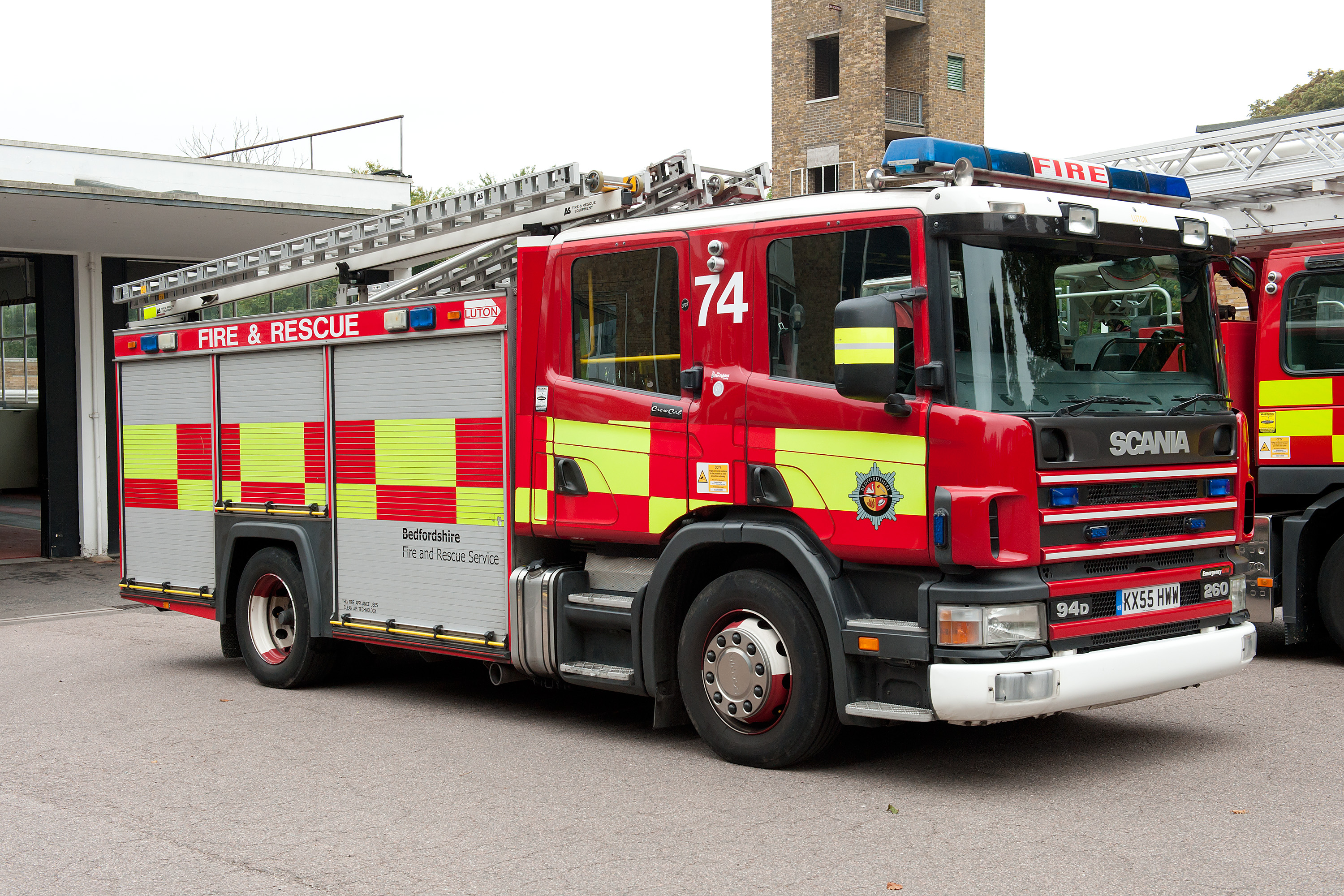New response standards approved

A change to the way the Service measures incident response performance comes following a public consultation and approval by Bedfordshire Fire and Rescue Authority on Thursday (28 March).
The new response measures simplify standards to make reporting clearer, align BFRS to other fire and rescue services and match how the Government reports performance.
They also combine both the call handling and response times to make one standard that measures the life cycle of the emergency call. The new standard starts from when a 999 call is received, until the time the first fire engine arrives at the incident.
The new operational response performance measures are:
- Mobilise to primary fires within 120 seconds, 85% of the time.
- First fire engine to arrive in 12 minutes to primary fires* on 80% of occasions, measured from time of call (incorporating the existing time of alert measure with the new call handling measure)
- Second fire engine mobilised to a primary fire as part of the initial attendance will arrive in 16 mins on 80% of occasions, from time of call
- RTCs, we will arrive in 15 minutes on 80% of occasions, measured from time of call (incorporating the existing time of alert measure with the new call handling measure)
- For secondary fires** one fire engine will arrive in 20 minutes on 96% of occasions, measured from time of call.
The number of fire engines sent to different incident types will not change and the Service is committed to always sending enough resources to deliver a safe system of work for crews and ensure the best outcome for those involved.
Area Commander Stuart Auger, Head of Response, said: “Changing our measures to keep pace with the changing communities of Bedfordshire means our promise to the public is even clearer than before. We know these targets might sometimes be hard to reach, but they give the Service a clear aim for what we want to be delivering as a quality service to the community.
“The changes also remove an existing standard about the number of firefighters riding a fire engine, which gives us more freedom to use firefighters on shift in a smarter way to maximise the number of fire engines available for the public of Bedfordshire, to increase public safety and save lives.”
*Primary fires are generally more serious fires that harm people or cause damage to property.
** Secondary fires are generally small outdoor fires, not involving people or property.
